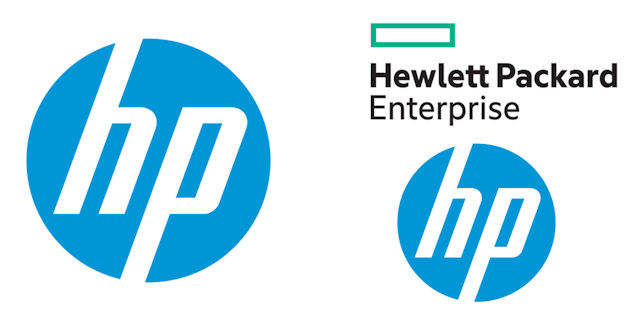Name drop: Brands that shortened their names like Dunkin' (Donuts)
What’s in a name? Nowadays it appears that companies are striving to strengthen their visual identities and shorten their names as logos and branding increasingly need to work on multiple platforms including on mobile – this seems to be the logic behind Dunkin’ Donuts rebrand to Dunkin’ earlier this week.

Brands that shortened their names
The company looks to stream back its name to reflect a more diverse line of products and lean more on the visual power of its logo, it said in a statement: “While we remain the number one retailer of donuts in the country, as part of our efforts to reinforce that Dunkin’ Donuts is a beverage-led brand and coffee leader, we will be testing signage in a few locations that refer to the brand simply as 'Dunkin’'.
As a result, The Drum is reflecting on some of the biggest name drops in the history of branding to see if they stood the test of time.
Apple Computer to Apple (2007)

Apple wasn’t always one of the biggest companies in the world. It was an entity with a singular focus on computers. However, come 2007, chief executive Steve Jobs realized the name did not reflect the broad range of products on offer as mobile started to rear its head. At the time, he said: “The Mac, iPod, Apple TV and iPhone. Only one of those is a computer. So we’re changing the name.”
It’s been Apple ever since, represented visually by the image of a chewed Apple, which is often wrongly attributed to plaudited mathematician Alan Turing whose death is linked to a poisoned apple.
Hewlett-Packard to HP and Hewlett Packard Enterprise (2015)

Hewlett-Packard split into two separately listed companies at the close of 2015, HP and Hewlett Packard Enterprise. While HP forged ahead with PCs and printers, Hewlett Parker Enterprise homed in on commercial computer systems, software and tech services.
The HP logo was used by Hewlett-Packard from 2010 to 2015; to this day HP continues to use it while Hewlett Packard Enterprise has been using the logo on the right.
Kentucky Fried Chicken to KFC (1991)

KFC shortened its name in 1991 from the long-held Kentucky Fried Chicken (founded 1930), largely because the customers had already started abbreviating it for ease. Around this rebrand emerged a problem, an email chain circulated long before the advent of social media claimed that KFC couldn’t lawfully use the word ‘Chicken’ in its name because it was growing genetically engineered fowl – a silly rumour that gained traction as the world box office was dominated by Jurassic Park.
A blog from the company in 2016 combats this myth, the reasons behind the rebrand were simple: “Maybe because KFC is just easier to say with your mouth full. Or maybe KFC fits better on signs. In reality, we wanted to let our customers know that we had more for them to enjoy than just fried chicken, and many were already calling us KFC, as it was much easier to say.
Huffington Post to HuffPost (2017)

Earlier this year, the Huffington Post shortened to HuffPost for brevity in a face-paced digital world where consumer attention is a major resource. The Huffington Post name had been in use since the company's inception in 2005.
Jared Grusd, chief executive of HuffPost, said: "Today, we make a decided leap into our future. The rebrand and relaunch of our products symbolise our commitment to continually evolve to help our audiences connect with a world that is changing rapidly around them.”
Motorola to Moto by Lenovo... and back again (2016-2017)

For a time, it appeared that Lenovo-owned Motorola was looking to retire the long-lived Motorola brand (that it had purchased from Google in 2015). The Chinese company was keen to resurrect the Moto sub-brand that flourished in the early days of mobile rivalling the likes of Nokia.
For whatever reason, the changes didn't take, Moto by Lenovo is now to be usurped by Motorola in some markets – entirely dependent on which brands perform strongest in which markets.
On this trend, there may be more to come. During MWC, chief executive of Mastercard, Raja Rajamannar told The Drum that the company was so confident in its branding that it could entirely strip back the text from its logo, such is the power of the convergent red and yellow circles.
Of course, some brands take a more fluid approach to their naming conventions, back in 2016, the #MissingType campaign from NHS Blood and Transplant looked to encourage people to donate rare blood types of the A, B and O variety. As a result top companies like Nandos, Microsoft and Google removed the aforementioned letters from their names for a short time to raise awareness of the drive.

